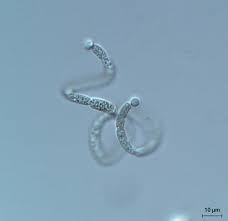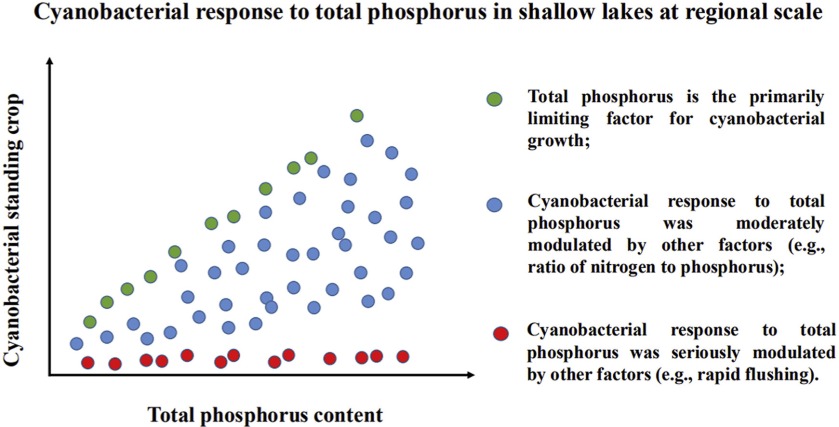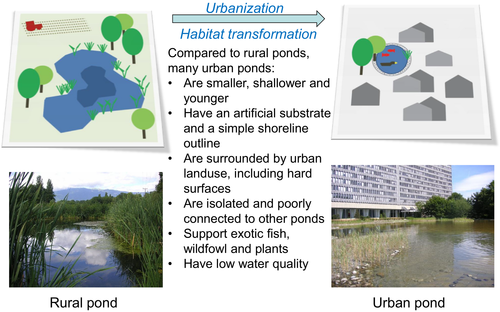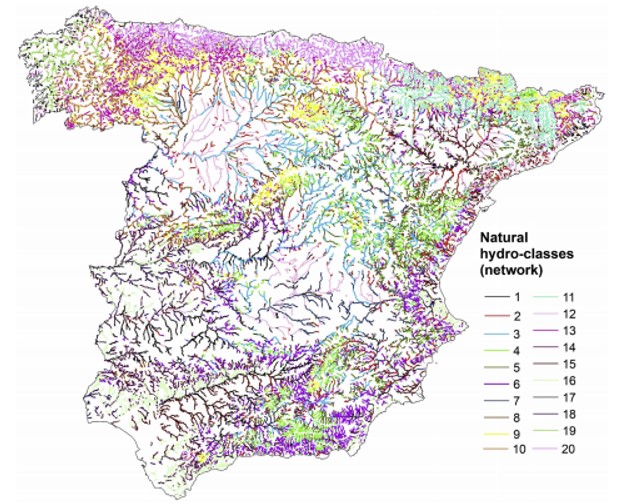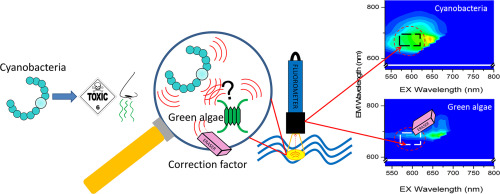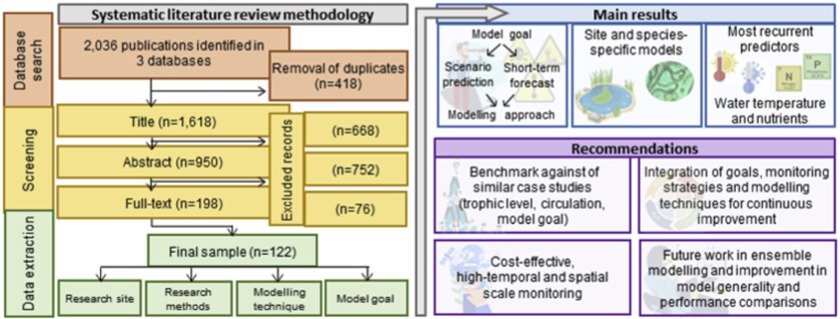
Authors
Benny Zuse Rousso, Edoardo Bertone, Rodney Stewart, David P. Hamilton
Cyanobacteria harmful blooms (CyanoHABs) in lakes and reservoirs represent a major risk for water authorities globally due to their toxicity and economic impacts. Anticipating bloom occurrence and understanding the main drivers of CyanoHABs are needed to optimize water resources management. An extensive review of the application of CyanoHABs forecasting and predictive models was performed, and a summary of the current state of knowledge, limitations and research opportunities on this topic is provided through analysis of case studies. Two modelling approaches were used to achieve CyanoHABs anticipation; process-based (PB) and data-driven (DD) models. The objective of the model was a determining factor for the choice of modelling approach. PB models were more frequently used to predict future scenarios whereas DD models were employed for short-term forecasts. Each modelling approach presented multiple variations that may be applied for more specific, targeted purposes. Most models reviewed were site-specific. The monitoring methodologies, including data frequency, uncertainty and precision, were identified as a major limitation to improve model performance. A lack of standardization of both model output and performance metrics was observed. CyanoHAB modelling is an interdisciplinary topic and communication between disciplines should be improved to facilitate model comparisons. These shortcomings can hinder the adoption of modelling tools by practitioners. We suggest that water managers should focus on generalising models for lakes with similar characteristics and where possible use high frequency monitoring for model development and validation.

